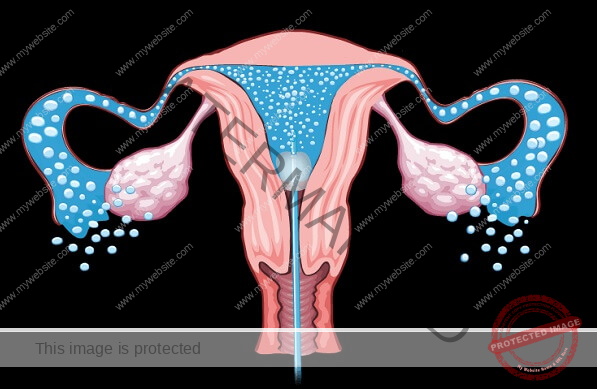Infertility can be a challenging issue faced by many couples worldwide. Achieving pregnancy may be particularly difficult for individuals with reproductive disorders. To ascertain the condition of a woman’s reproductive system, an HSG (Hysterosalpingogram) test is often recommended. This procedure involves using an x-ray to examine the uterus and fallopian tubes, determining if there are any obstructions or abnormalities.
Cost of HSG Test in Nigeria
The cost of an HSG Test in Nigeria typically ranges between N20,000 and N40,000. The price can vary depending on factors like your location and the specific hospital or diagnostic center where the test is conducted. It is crucial to choose reputable establishments with well-trained professionals and adequate equipment for the procedure. In Lagos, for instance, options include teaching hospitals and renowned fertility clinics like Bridge and Nordica. In Benin, the University of Benin Teaching Hospital, St. Bridget, Raytouch, Union Diagnostics, and Lily Hospital are recommended.
Preparing for the HSG Test
Before scheduling an HSG Test, consult your doctor, who will determine if it’s necessary. They may also refer you to a specialist to discuss any infertility concerns. Inform your healthcare provider of any allergies you have, particularly to substances like Betadine, Iodine, Novocaine, or other drugs/chemicals. This ensures they can take necessary precautions. An anti-inflammatory medication will be administered about an hour before the test to minimize discomfort, which may result from the catheter insertion.
Procedure for the HSG Test
During the test, you’ll lie on a table beneath an x-ray imager or fluoroscope. Your legs should be apart and knees bent. The gynecologist will use a speculum to gently open the vagina and swab the cervix to reduce infection risk. A thin tube (cannula) is then inserted, and a liquid containing iodine is used to fill the uterus. If the fallopian tubes are open, the fluid will pass through. Pain may indicate blockage, so inform the doctor immediately. Images of the fallopian tubes and uterus are taken using the fluoroscope. You’ll need to briefly hold your breath and change positions for optimal imaging. Wear sanitary pads post-test as the uterus expels the iodine solution, and expect some cramping, bleeding, and dizziness, which should quickly subside.
Risks Associated with an HSG Test
While the HSG Test is generally safe, there are potential risks, particularly if you’re allergic to the dye used. These risks may include fever, heavy vaginal bleeding, injury to the uterus, vomiting, abdominal cramping, fainting, or pelvic infection.
Conclusion
Following the test, a radiologist will analyze the results and relay feedback to your doctor, who will then discuss the findings with you and advise on the next steps. In cases of blocked fallopian tubes, surgical intervention may be recommended.
By understanding the HSG Test procedure, costs, and associated risks, individuals can take proactive steps in their fertility journey. Remember, seeking guidance from a trusted healthcare provider is essential for a safe and successful experience.

